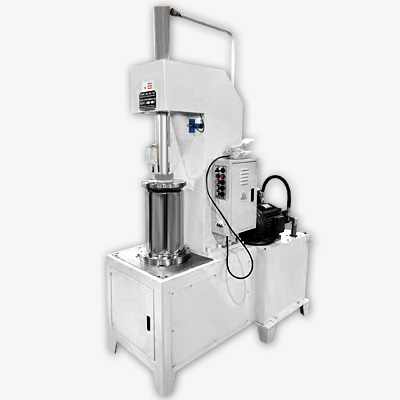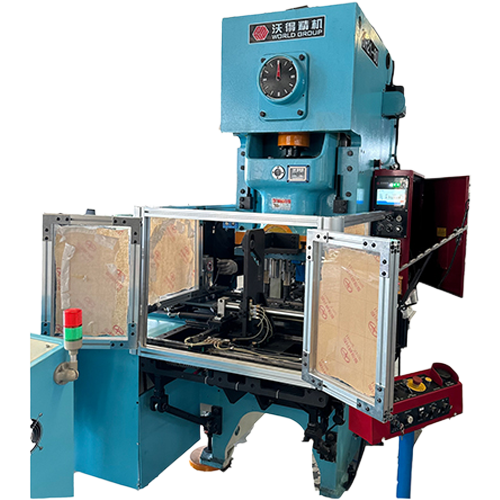Counting common failures of can sealers

Fault 1: Insecure seal
The cause of the failure is improper pressure of the cold-pressed rubber wheel, too fast heat sealing speed, insufficient heat sealing temperature and heat sealing film quality problems. At this time, the heat sealing temperature can be appropriately increased, the heat sealing speed can be reduced, and the pressure of the cold-pressed rubber wheel can be increased.
Fault 2: The thermometer shows an abnormality, the sealing temperature is out of control, the heat sealing temperature is unstable, and there are scorch marks or loose seals at the sealing part
The cause of the failure is that the thermometer is damaged and needs repair; in addition, the thermocouple may break, causing the sensed temperature to not be transmitted to the thermometer normally. At this time, it is only necessary to replace the thermocouple of the same model specification.
Fault 3: The can sealer keeps stopping and running, and the speed is unstable
The fault is caused by the connection between the motor shaft and the gearbox falling off and loosening. At this point just retighten the screws to make a perfect fit.
Fault 4: Irregular marks and bubbles appear at the seal
Cause of failure: There are irregularly arranged concave and convex marks on the cold-pressed rubber wheel, which are directly reflected on the packaging surface, resulting in more obvious marks at the seal; after long-term use of the equipment, the high-temperature belt is attached to dirt such as dust and plastic debris, causing the high-temperature area to be uneven, causing the sealing surface of the tank to be unevenly heated, and bubbles to be generated after pressing. At this point, simply replace the compression rubber wheel and clean or replace the high-temperature belt.
Edit Knowledge Area
Can sealing machines can be divided into types without sealing materials, types with sealing materials and types with auxiliary sealing materials. Common rigid container sealing machines include threaded lid sealing machines, pipe mouth sealing machines, roll embossing sealing machines, plug mouth sealing machines, gland sealing machines, edge pressing sealing machines, etc.
Different types of can sealing machines can realize the sealing operation of various commodities. As the types of sealing machines continue to enrich, their applications in the industrial field are becoming increasingly widespread.
Recommended Products


 EN
EN
 中文简体
中文简体 English
English













